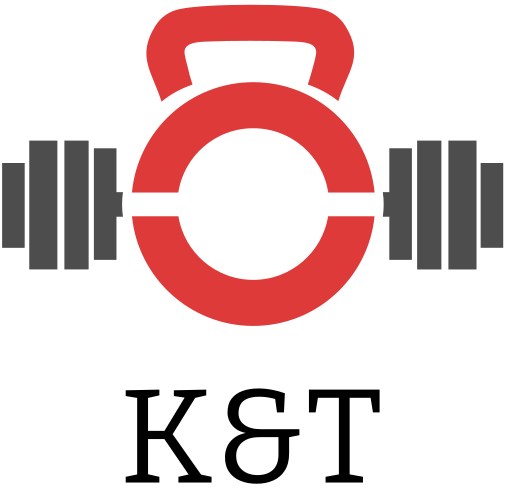Hello there and welcome back to Kat & Tshepi blog.
It is a new month, almost a quarter of 2024 is gone, we hope that your fitness goals are still alive as each month offers a new opportunity to revive and pursue them, it is worth remembering the words of James Clear “the odds increase, the more you try”, so keep going. This week we would like to talk about diets, and to provide key features of some of the popular diets. It is near impossible to talk weight loss and not talk diets, this is because nutrition is the ultimate determinant of weight loss success or failure, indeed diet contributes 80% to your weight loss success factors, whilst the other 20% can be attributed to physical activity
On our (Kat & Tshepi) weight loss journey , we never followed any particular mainstream diet, meaning a diet with a name, specific prescriptions, particular food exclusions, rules and levels of progressions. We found even the mention of the word diet to be overwhelming and restrictive, maybe because we are quite conservative and have an innate desire for autonomy. Our fundamental perception of diets is that they are notorious for destroying weight loss goals if followed blindly, without understanding and without taking ones context into consideration. Diets can be disempowering and leave a person worse off, especially in our current culture of social media influencing, peer pressure ,following trends and perceived perfectionism.
However, with a little bit of research and learning, we realized that diets are created with a clear purpose, are well intentioned and are effective if followed under suitable context. If one takes time to understand the nuances of a particular diet of interest and aligns the purpose and requirements of the diet to their own goal and abilities they stand a better chance of success. Diets are not a one-size-fits-all phenomena and there is no one best diet because humans are dynamic and different, instead we believe that the best diet is the one that an individual creates for themselves based on their preferences, what they like and enjoy, and what is available to them, as well as guided by what is generally considered healthy food(e.g whole natural foods). To echo the words of Brian Wansink: “The best diet is the one you don’t know you’re on”.
Here are some popular diets and their key features:
1. VEGETARIAN DIET
– Plant-based diet
-Excludes fish, poultry and meat, some variations of vegetarian excludes dairy and eggs.
– Includes grains, nuts, legumes, seeds, fruits and vegetables.
2. VEGAN DIET
– Plant based diet
-Exclude all animal foods and animal based ingredients, meats, fish, poultry, including eggs, dairy, honey, whey powder.
-Also exclude all animal based products such as skin care as well as clothes.
-It is a lifestyle that is against the exploitation of animals.
-Includes whole grains, legume, vegan meat, nuts and seeds, fruit and vegetables, dairy plant based alternatives.
3. PALEO DIET
-Based on foods consumed in the hunter-gatherer historic period.
-Excludes processed foods, vegetable oils, refined sugar, dairy, legumes and grains.
-Includes high quantity of proteins such as meat, poultry, fish, eggs, vegetables, nuts and seeds, and small quantities of fruits.
4. KETO DIET
-Based on reducing carbohydrates in favor of fats so that the body can burn more fat as source of energy instead of the primarily preferred glucose.
-Exclude grains such as rice, lentils and beans, starchy vegetables and most fruits.
-Includes fish, meats, dairy, nuts and seeds, low carb vegetables.
5. FLEXITARIAN DIET
-Based on building meals from plant-based foundation.
-Combines flexibility with vegetarian.
-Exclude nothing but prioritize the limiting/minimizing processed foods. The focus is on inclusion rather than exclusion.
-Includes fruits and vegetables, whole grains, legumes ,nuts and seeds, meat , poultry and fish with plant based protein given priority first, limited processed foods.
The above diets are by no means exhaustive but are diets that we come across in the mainstream media and social engagements. When you decide to lose weight, it can be easy to give away personal power and control to the variety of diets that we are bombarded with on our social platforms, adverts on websites that we visit, as well as recruitments from our peers when they pronounce that such and such diets works for them. It would serve us better to keep caution, strive to maintain our freedom by starting from the basics and simple rationale before leaping into the next proclaimed best diet. The basic truth is that weight is gained by eating more food than is needed by the body, and weight is lost by eating less food than it is needed by the body. Our observation is that the ultimate objective of the so called “revolutionary” weight-loss diets is to help (or make) you eat less than you are currently eating for a sufficient amount of time to start losing weight, but this you can certainly do by yourself with your power, freedom and control intact. A good and simple place to start is to make better food choices consistently and you will start to lose weight. Each and every day make better food choices and the weight will follow.
That’s it for this week, we would like to end with a question “From the above described diets, which diet resembles your current eating style 🙂 , the diet you have been following without knowing?
Until next week, stay blessed.
Kat & Tshepi.
